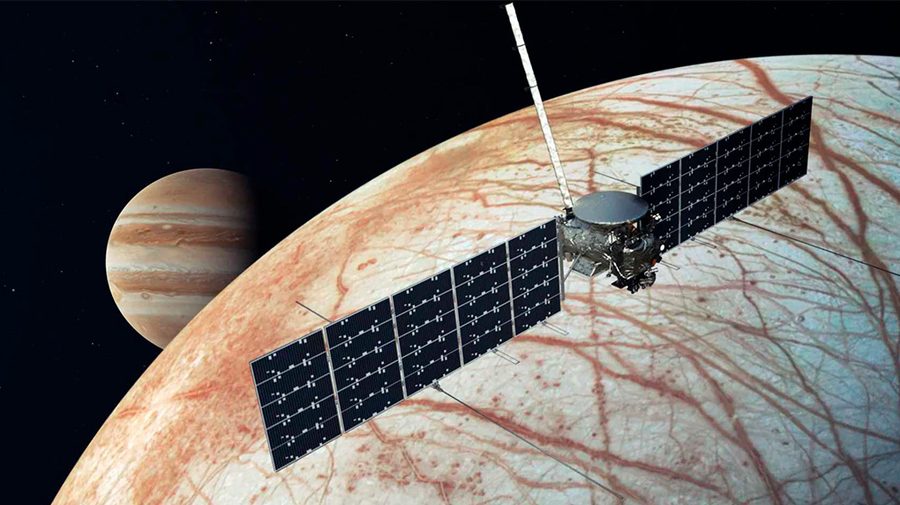NASA unveils new goals for Moon, Mars, including space privatization

Credit: NASA
- NASA’s new plan will span the next 10 to 20 years.
- First, the Moon, and things around the Moon. Then, Mars.
- One of the primary goals? To privatize and get industry to eventually fund all of it.
Credit: NASA
NASA this week unveiled its new plan that many are calling “bold” and other lofty adjectives, with a 10-to-20-year span, each phase of which is somewhat dependent on what is learned during the first missions. It’s certainly aiming high: it’s going into low-Earth Orbit, to the Moon and its orbit (‘cislunar’), and then on to Mars and possibly other moons and surfaces, to be precise.
So what are the core goals of this new effort?
Glad you asked.

Credit: NASA
NASA’s five-part plan
In a press release and more in-depth document released by the space agency, it lists the primary objectives:
“The Exploration Campaign has five strategic goals:
- Transition U.S. human spaceflight activities in low-Earth orbit to commercial operations that support NASA and the needs of an emerging private sector market.
- Lead the emplacement of capabilities that support lunar surface operations and facilitate missions beyond cislunar space.
- Foster scientific discovery and characterization of lunar resources through a series of robotic missions.
- Return U.S. astronauts to the surface of the Moon for a sustained campaign of exploration and use.
- Demonstrate the capabilities required for human missions to Mars and other destinations.”
These certainly mean more dollars headed toward research and development; while the original Apollo and other missions were government-funded and ultimately fell under the purview of the military (indeed, one of the primary stated goals of the Gemini and Apollo programs was to lessen the “Missile gap” between the United States and the Soviet Union), this new concept relies heavily on private investment, corporate involvement and funding, and the eventual mining and financial rewards of “exploration and use” of the lunar and Mars surfaces.
While it’s not the driving, all-encompassing effort that the first missions to the Moon were (and, really, how could it be?), it’s much better than letting NASA and other space entities languish and die.
More from NASA’s announcement:
“Based on inputs from current partners, commercial and other stakeholders, NASA will shape the plan for the transition of low-Earth orbit activities from direct government funding to commercial services and partnerships, with new, independent commercial platforms or a non-NASA operating model for some form or elements of the International Space Station by 2025. In addition, NASA will expand public-private partnerships to develop and demonstrate technologies and capabilities to enable new commercial space products and services.”

Credit: NASA
An outpost near the Moon
This dovetails with the plan to privatize the International Space Station. Indeed, a part of this long-term plan is to replace it with a station orbiting the Moon that can then travel to planets such as Mars much more easily than overcoming Earth’s gravity and atmosphere. As NASA told Popular Mechanics, “Because the station [will be] in an egg-shaped orbit, stretching anywhere from 1,500 km to 70,000 km (930 to 44,000 miles) from the Moon, it would need only a little push to be sent flying to a yet-to-be-chosen destination.
With private companies beginning to have success in sending various things and even people into space, sometimes for financial reward, perhaps this is a sustainable way to fund future space development.
It would be nice, however, if there were a way to guarantee that new discoveries and resources would benefit the public good as well as private profit.
Hey, I can dream, can’t I?





